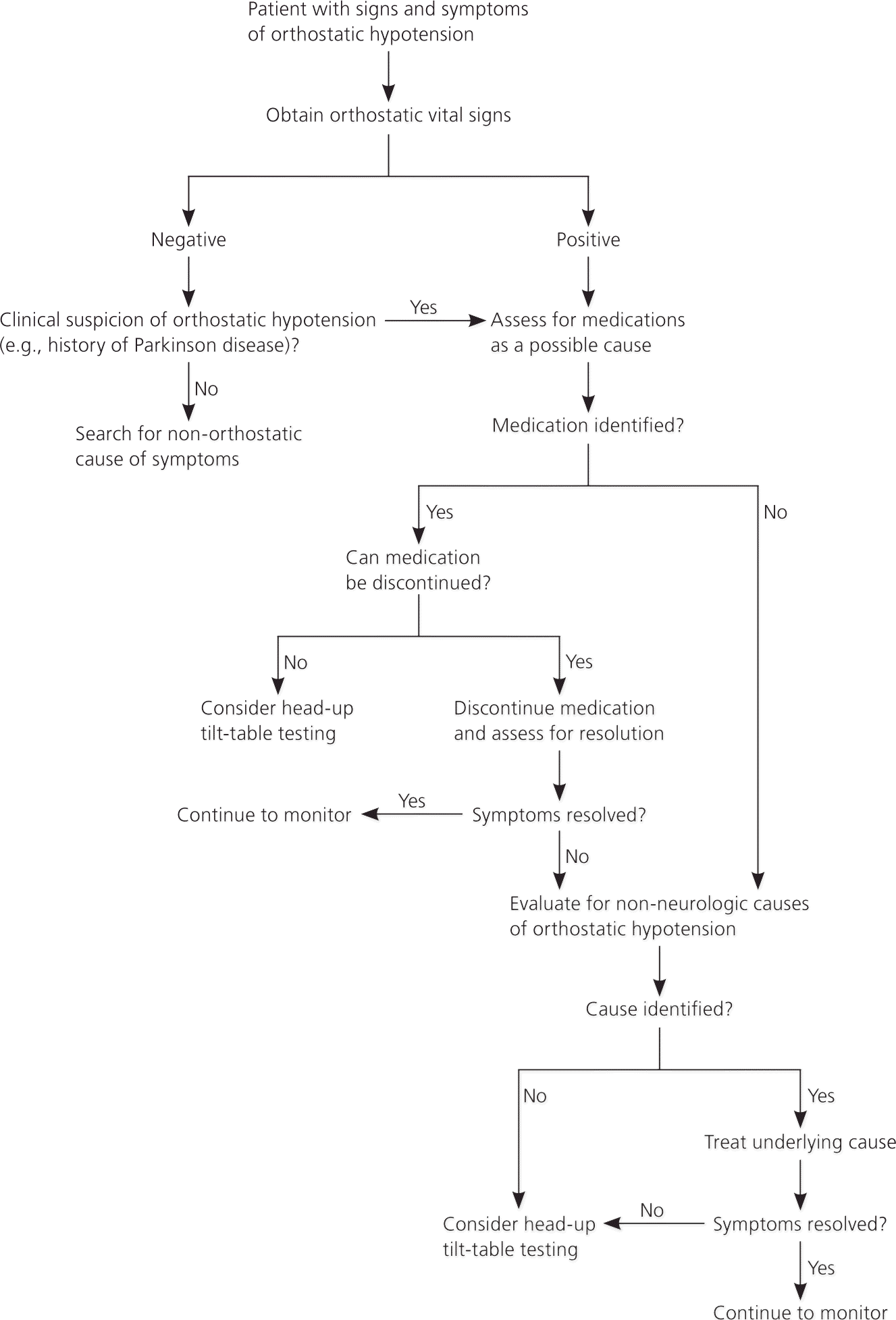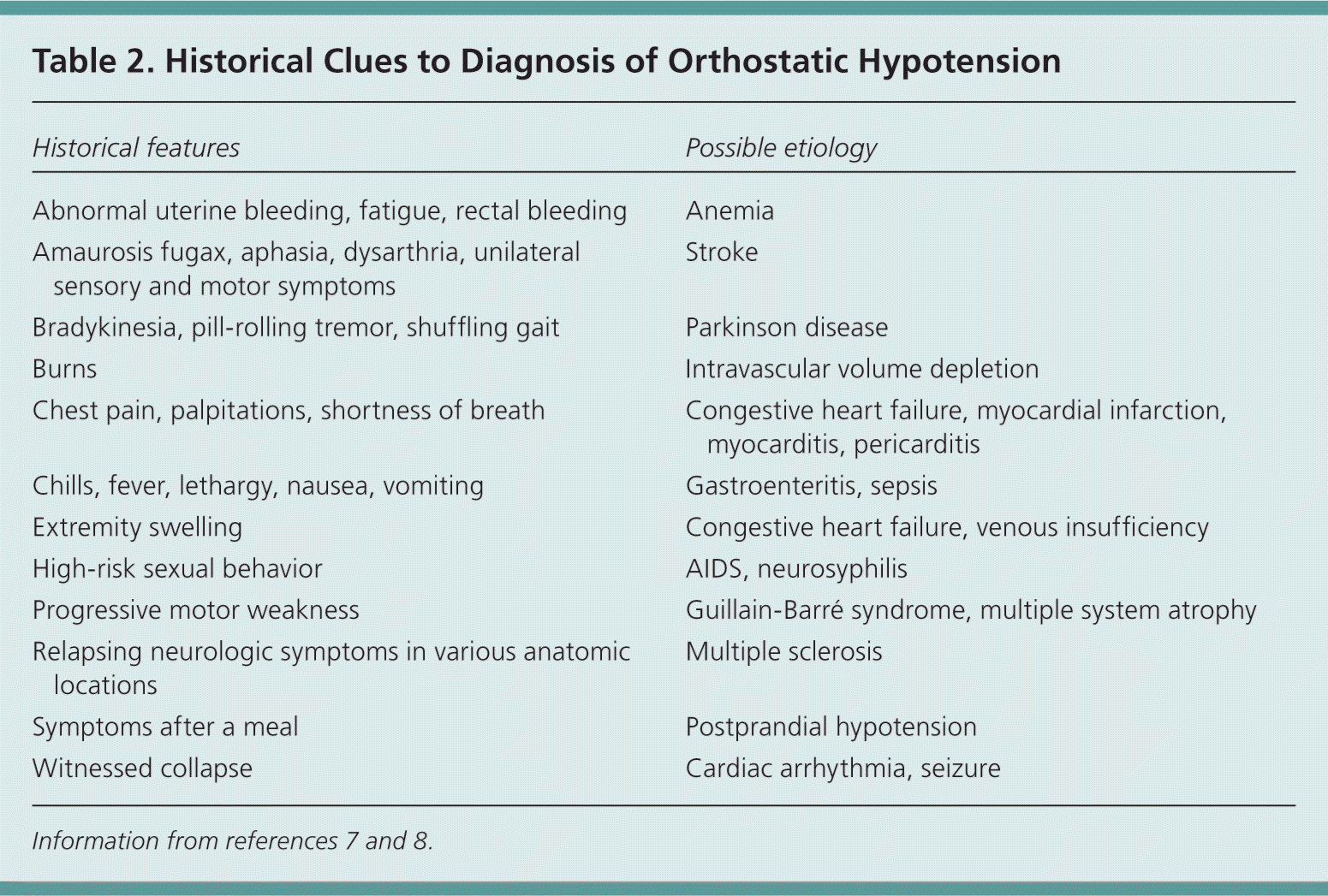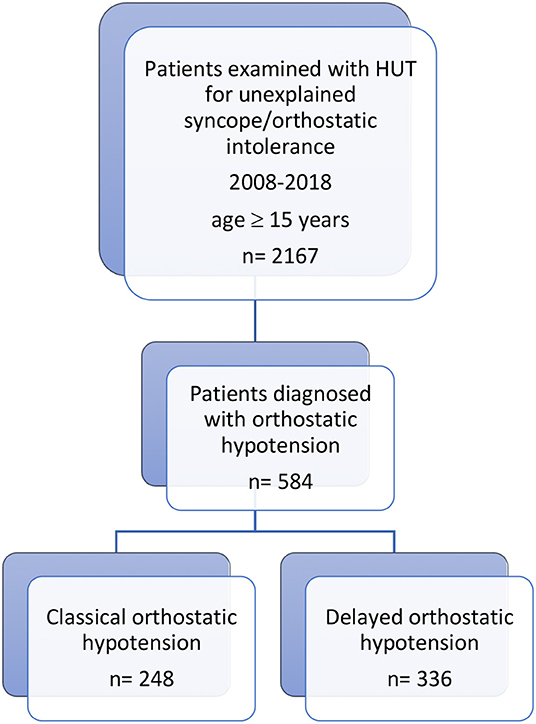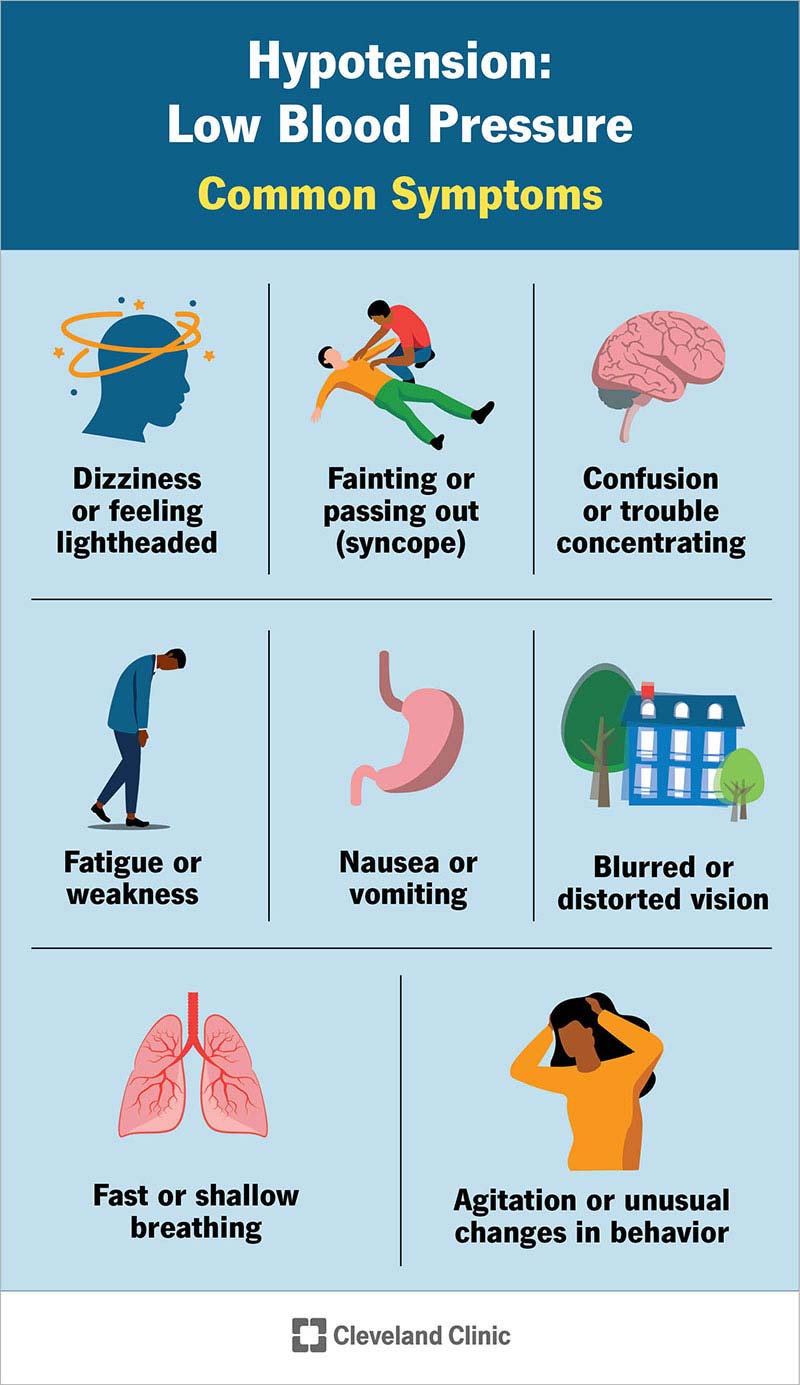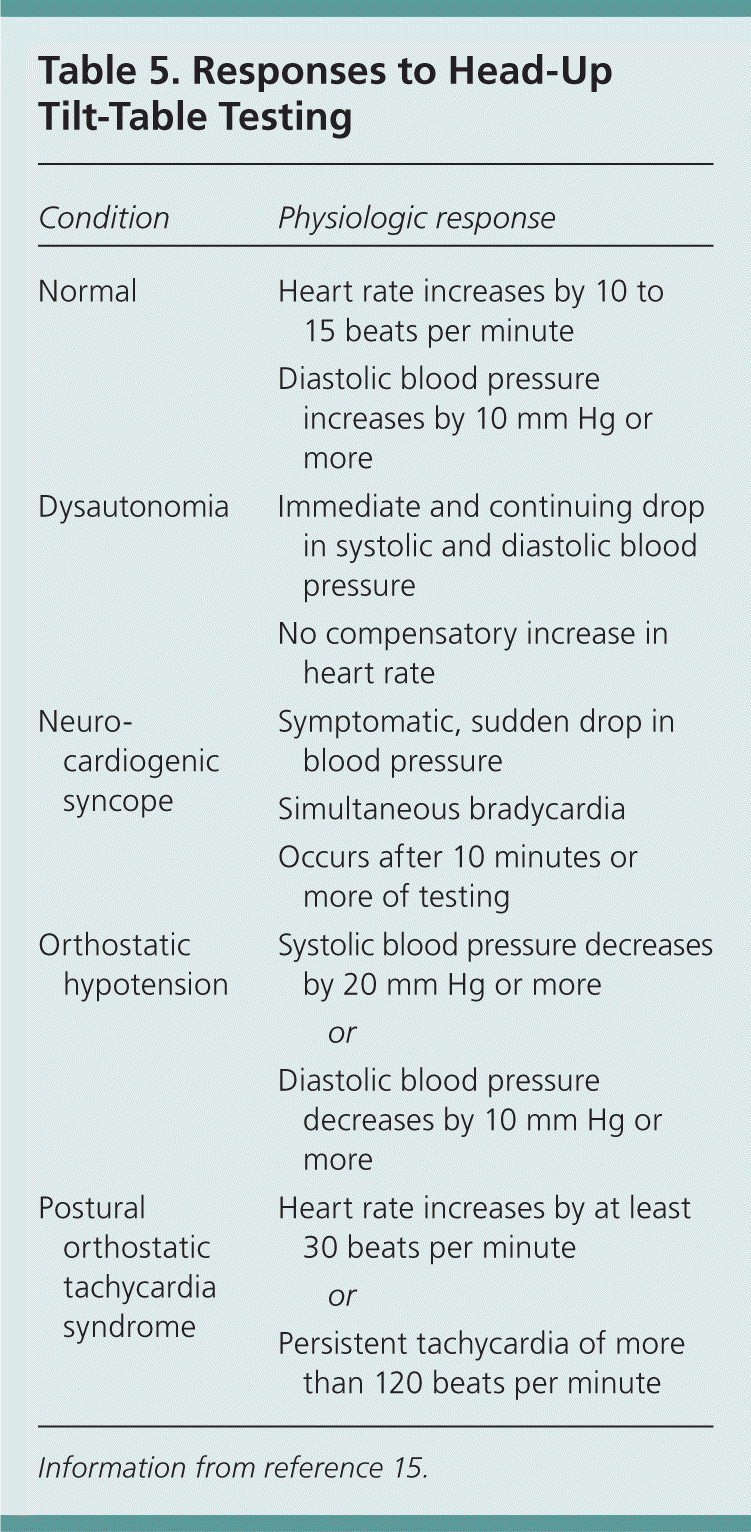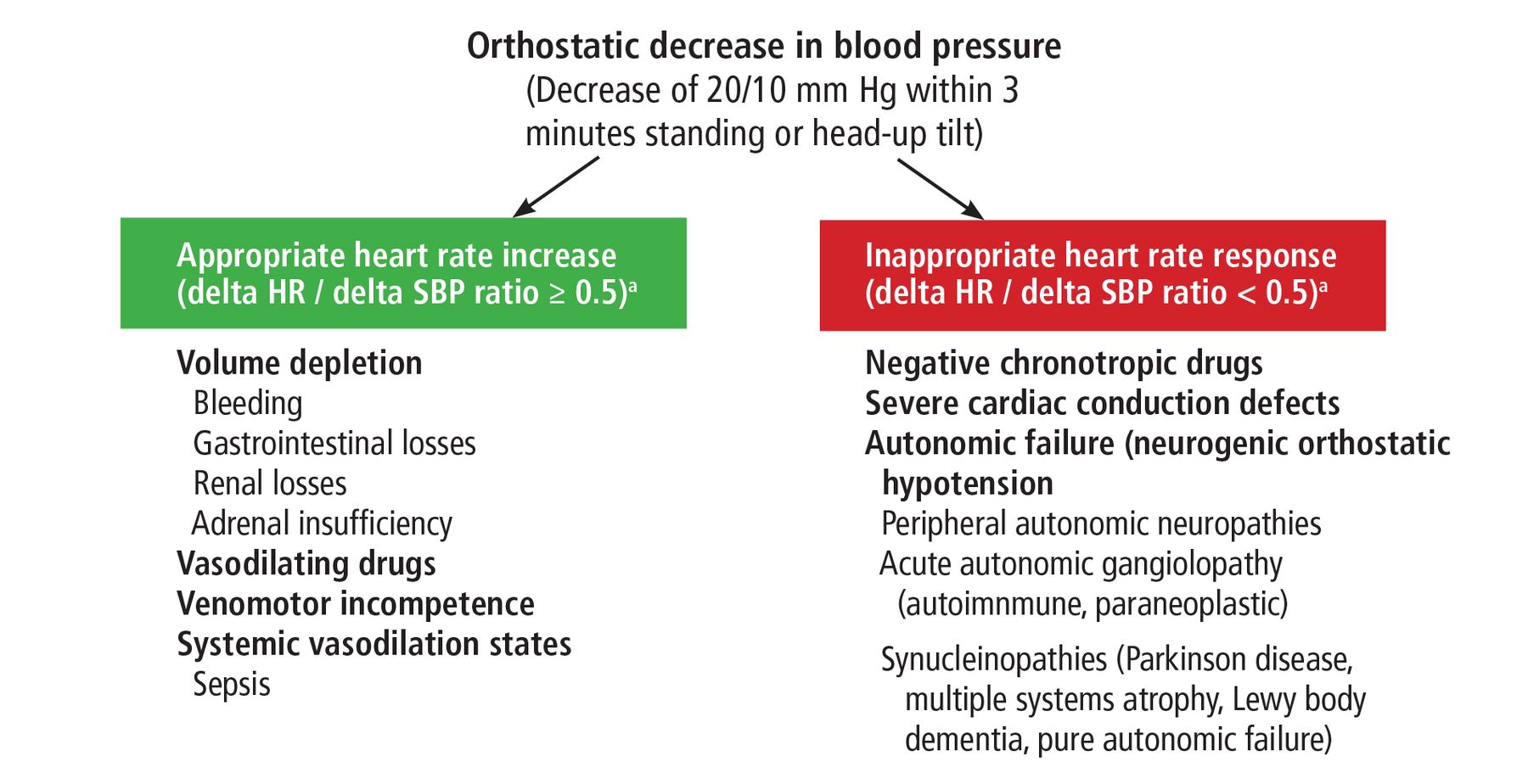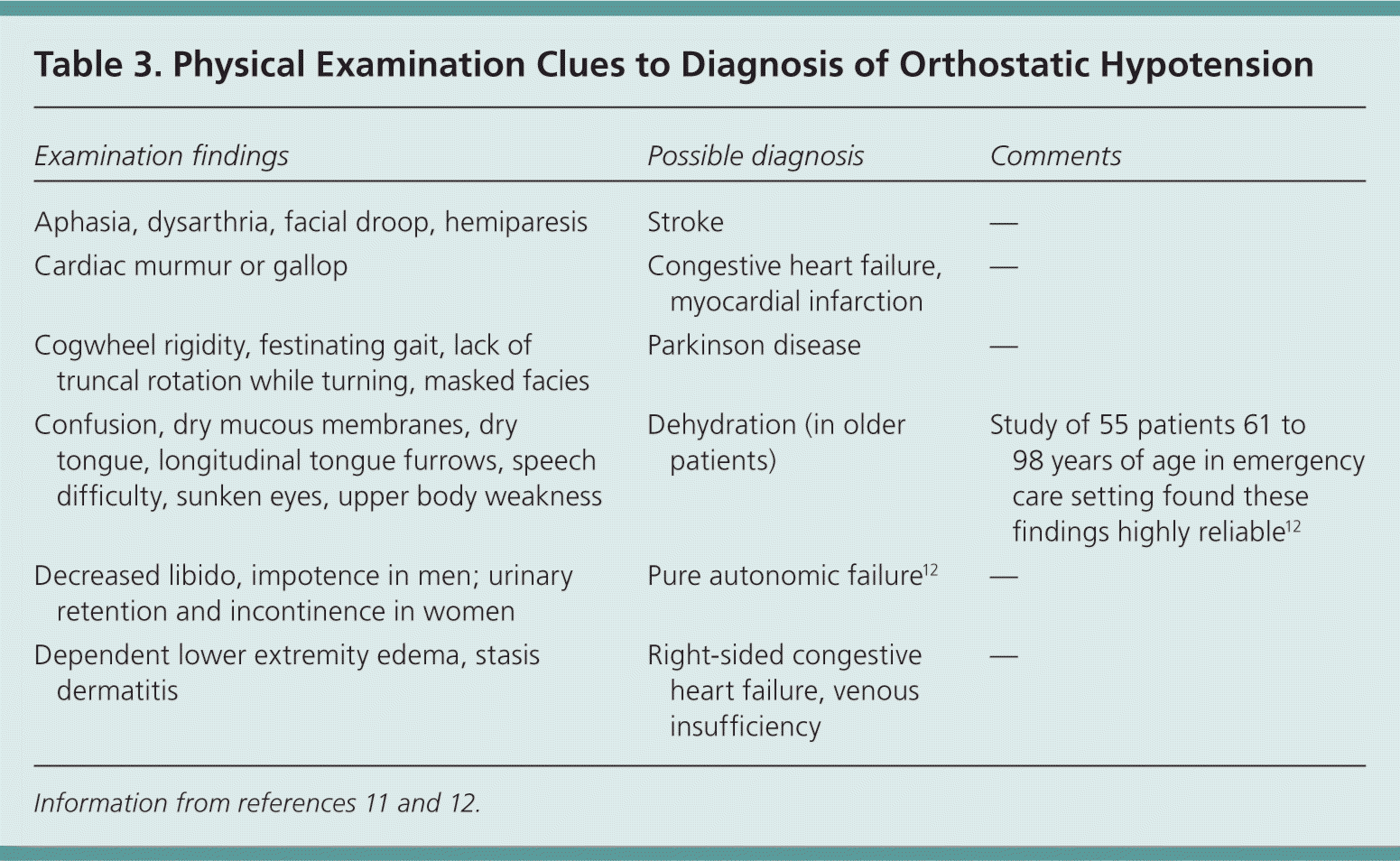Brilliant Tips About How To Diagnose Orthostatic Hypotension
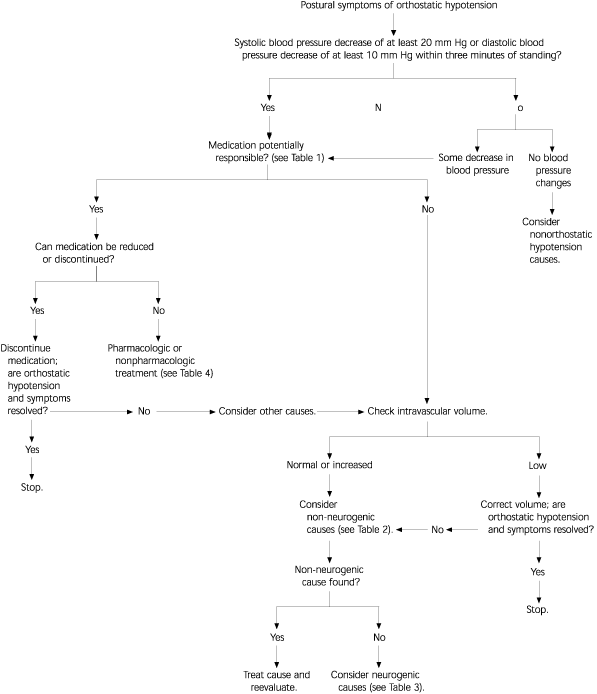
The most common symptom of orthostatic hypotension is being dizzy when you stand up.
How to diagnose orthostatic hypotension. Ad find out how to treat low blood pressure (hypotension) with these remedies. Pots is diagnosed only when orthostatic hypotension is ruled out and when there is no acute dehydration or blood loss. Learn 17 key low blood pressure signs
This can happen after sitting. Medical history, including medical conditions and drugs taken on a regular basis; Notice dizziness when you stand.
Nerve conduction studies and electromyogram can be useful for confirming the cause of orthostatic hypotension in patients with peripheral neuropathy related to diabetes mellitus and. Position time bp associated symptoms lying down m b r standing m b r standing m b r assessment 1 have the patient lie down for 5 minutes. If a patient has posturally induced symptoms and a decrease in blood pressure but does not meet the strict definition for orthostatic hypotension, the physician still should consider orthostatic.
Lightheadedness or dizziness upon standing blurry vision weakness fainting (syncope) confusion when to see a. Ad learn more about the signs that may reveal you have an issue that need attention 2 measure blood pressure and pulse.
Tests used to diagnose orthostatic hypotension include: Orthostatic hypotension is a form of low blood pressure: Orthostatic hypotensionis diagnosed by comparing blood.
In neurogenic orthostatic hypotension (noh), inadequate vasoconstriction and cardiac output cause bp to drop excessively, resulting in inadequate perfusion, with predictable symptoms. Orthostatic hypotension is defined as a fall in systolic blood pressure of at least 20 mmhg (at least 30 mmhg in patients with hypertension) and/or a fall in diastolic blood. Medical history, including medical conditions and drugs taken regularly physical examination measuring blood pressure.

